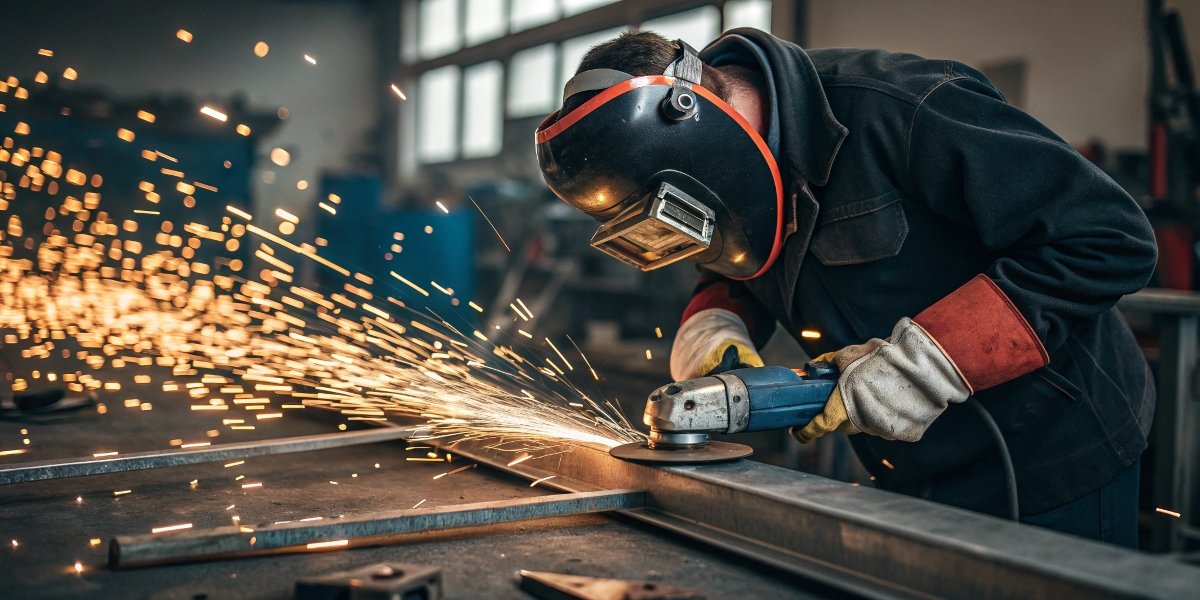
Worried about the risks of cutting metal? Improper use of an angle grinder can cause severe injuries, sparking safety concerns and potentially halting production on your projects.
Cutting metal with an angle grinder can be dangerous if the tool is substandard or operated incorrectly. However, when using a high-quality, certified tool and following all safety protocols, including wearing proper personal protective equipment (PPE), the risk is significantly minimized, making the operation safe.
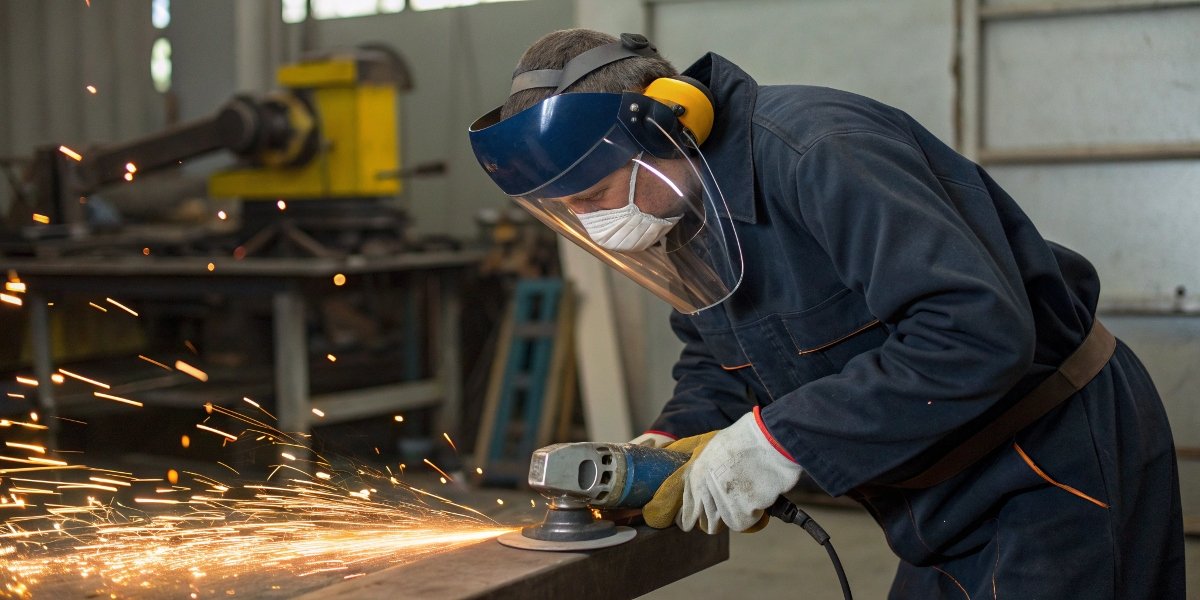
As a manufacturer of abrasive tools1 for nearly three decades, this is a question I take very seriously. My company, Reliable, stakes its reputation on producing safe, durable grinding and cutting discs. The truth is, the tool itself is not inherently dangerous when made to proper standards. The danger comes from a combination of a lack of training, complacency, and misuse. It is entirely possible to make these powerful tools a safe and efficient part of your daily operations. Understanding the risks is the first step toward creating a safer work environment for your team.
How dangerous are angle grinders?
That high-pitched whine and shower of sparks is a sign of immense power. Misunderstanding the specific hazards, like kickback or disc failure, can lead to catastrophic accidents.
Angle grinders are responsible for thousands of injuries annually. The primary dangers are disc disintegration, violent kickback from the tool binding, and high-velocity sparks and debris. These risks make them one of the most hazardous handheld tools when used improperly.
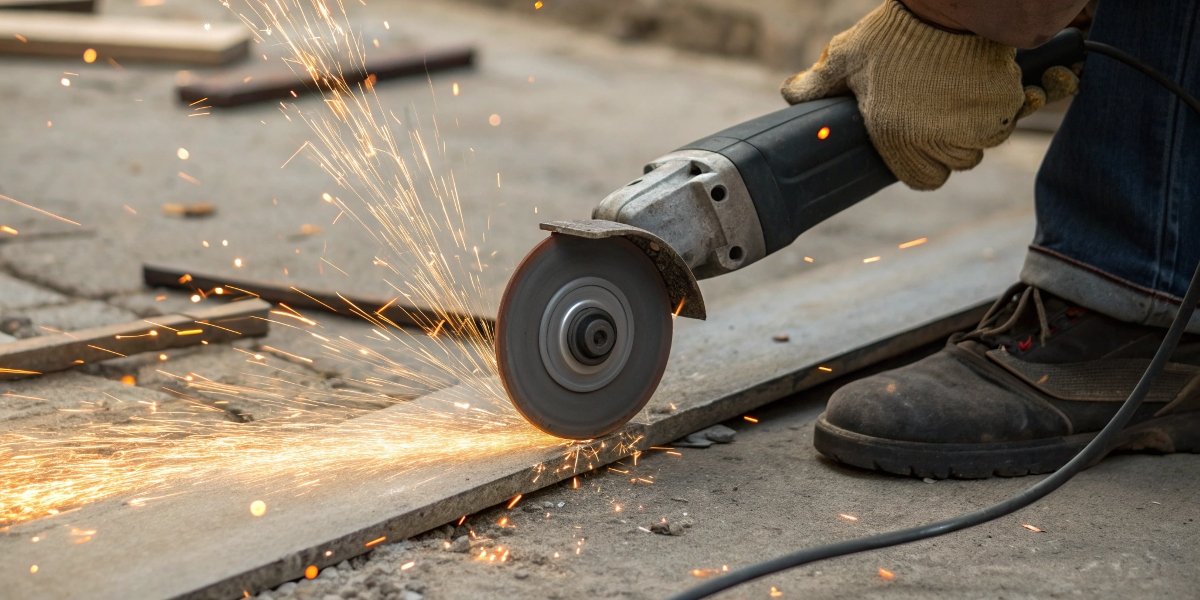
In my years of supplying discs to industries worldwide, I’ve heard too many stories about preventable accidents. The danger is very real, but it is also manageable. The two most severe incidents are disc failure2s and kickback. A disc failure, where the abrasive wheel shatters at high RPM, can send sharp fragments flying like shrapnel. Kickback happens when the disc catches or binds on the workpiece3, causing the entire tool to violently twist or jump back at the operator. I once visited a client’s workshop where an employee had a deep gash on his forearm from a kickback event. The cause? He was using a worn-out disc and applying too much force on an awkward angle. This is why we don’t just sell discs; we consult with our B2B partners on proper usage and safety training.
Primary Hazards Explained
- Disc Disintegration: This is the most feared event. It happens when a disc is damaged, used past its expiration date, or mounted on a grinder with a higher RPM rating than the disc can handle. As a manufacturer, we put our RL brand discs through rigorous testing to ensure they exceed safety standards, but no disc can withstand misuse.
- Violent Kickback: This is a more common incident caused by user error. If the blade jams in the cut, the rotational energy of the motor is transferred back into the tool body, causing it to lurch uncontrollably. This can lead to deep lacerations, especially if the safety guard has been removed.
- Sparks and Debris: The shower of hot sparks can easily ignite flammable materials in the work area. The small, sharp bits of metal debris can cause serious eye injuries, which is why a full face shield is non-negotiable.
What four things should you avoid when using angle grinders?
Knowing the general dangers is one thing. But most accidents stem from a few common, preventable mistakes. Ignoring these could make you the next safety statistic.
Always avoid four critical errors: never remove the safety guard, never use the wrong size or a damaged disc, never apply excessive pressure, and never hold the workpiece with your hands or between your legs. These rules are non-negotiable for safe operation.
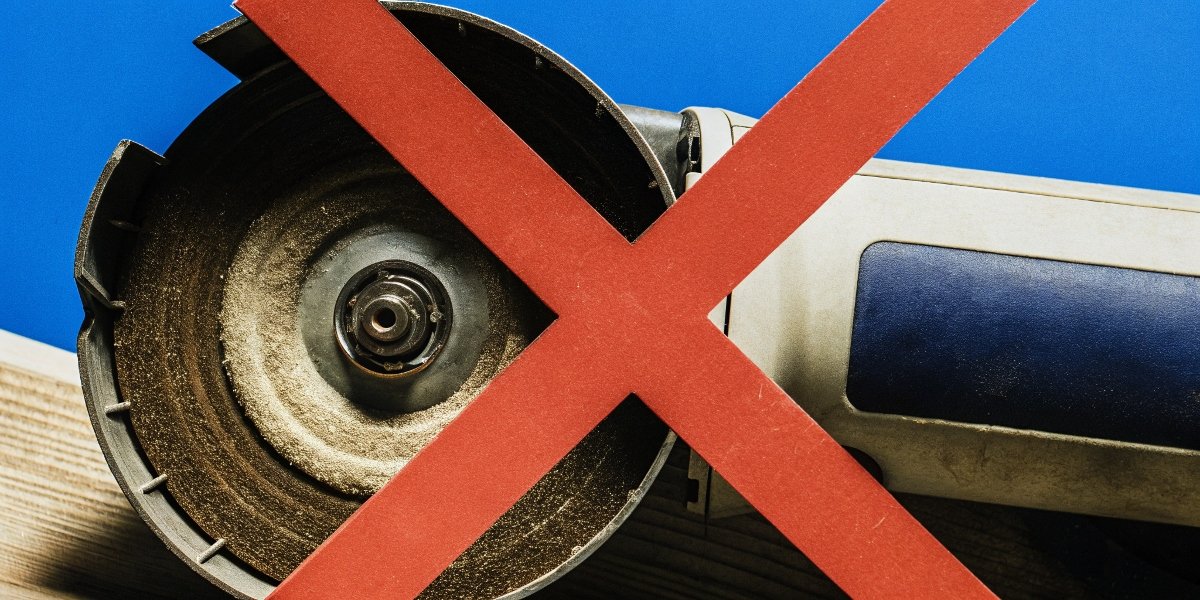
We stress these four points to all our OEM partners and direct clients. Creating a culture of safety is just as important as purchasing high-quality abrasives. I often tell purchasing managers that the best disc in the world can’t protect an untrained or reckless operator. These four rules form the foundation of safe grinder use. They are not suggestions; they are absolute requirements for any professional operation. A manager who enforces these rules protects their workers, their equipment, and their company’s bottom line by preventing costly accidents and downtime. It’s a simple checklist that has a massive impact on workplace safety.
The Four Pillars of Grinder Safety
| What to Avoid | Why It’s Dangerous |
|---|---|
| Removing the Safety Guard | The guard’s job is to contain a shattered disc and redirect sparks away from you. Removing it eliminates your primary line of defense against catastrophic failure and serious injury. |
| Using a Damaged or Wrong Disc | A chipped, cracked, or expired disc is structurally weak and can shatter under load. Using a disc with a lower RPM rating than your grinder will cause it to fly apart. |
| Applying Excessive Force | Pushing too hard on the grinder will not make it cut faster. It will cause the motor to overheat, wear out the disc prematurely, and dramatically increase the risk of the blade binding and causing a violent kickback4. |
| Improperly Securing the Work | Never hold the material you are cutting with your hands, feet, or between your knees. The workpiece must be securely clamped to a stable surface to prevent it from moving and pinching the blade. |
How common are angle grinder injuries?
You might think serious accidents are rare events. This mindset leads to complacency, but the statistics tell a much more sobering story about these everyday tools.
Angle grinder injuries are alarmingly common. Data from hospital emergency rooms shows they are a leading cause of power tool-related injuries, accounting for thousands of visits annually. Lacerations to the hands and face, along with eye injuries from debris, are the most frequent incidents.
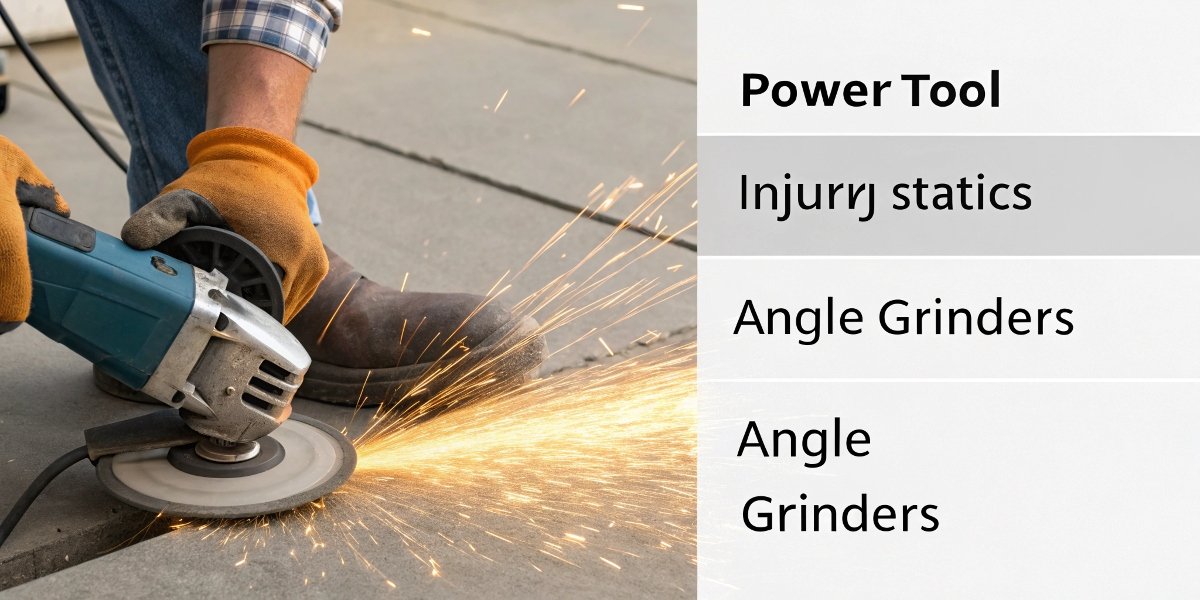
The frequency of these injuries is a serious topic for us as a manufacturer. According to safety agencies like the U.S. Consumer Product Safety Commission, angle grinder5s are consistently near the top of the list for power tool-related emergency room visits6. This is not because the tools are poorly made, but because they are everywhere. They are powerful, accessible, and often used by individuals who have never received formal training. Complacency is the biggest enemy. An operator might get away with removing a guard or using a cracked disc nine times out of ten. But that tenth time can result in a life-altering injury. We can produce the world’s safest disc, but if the end-user ignores basic rules, an injury is still highly possible. This is why we advocate for our B2B clients to implement mandatory training and regular safety reviews for their teams.
Why Are Injuries So Common?
- Ubiquity and Power: These tools are found in almost every workshop, garage, and construction site. Their raw power, combined with their widespread availability, creates a high potential for incidents.
- Lack of Training: Many users are self-taught and may have picked up dangerous habits. They might not understand the physics of kickback or the importance of matching a disc’s RPM rating to the grinder.
- Complacency: After using a tool for a long time without an incident, it’s human nature to become less cautious. Operators may start taking shortcuts, like not wearing a face shield for a "quick cut," which is often when accidents happen.
What should you not use an angle grinder for?
An angle grinder seems like a one-tool solution for many problems. But trying to make it do a job it wasn’t designed for is incredibly risky.
You should never use an angle grinder to cut wood, as the blades can catch and cause violent kickback. Avoid tasks that require deep plunging cuts in masonry, and do not use it for intricate sanding or polishing jobs where a dedicated tool offers better control.
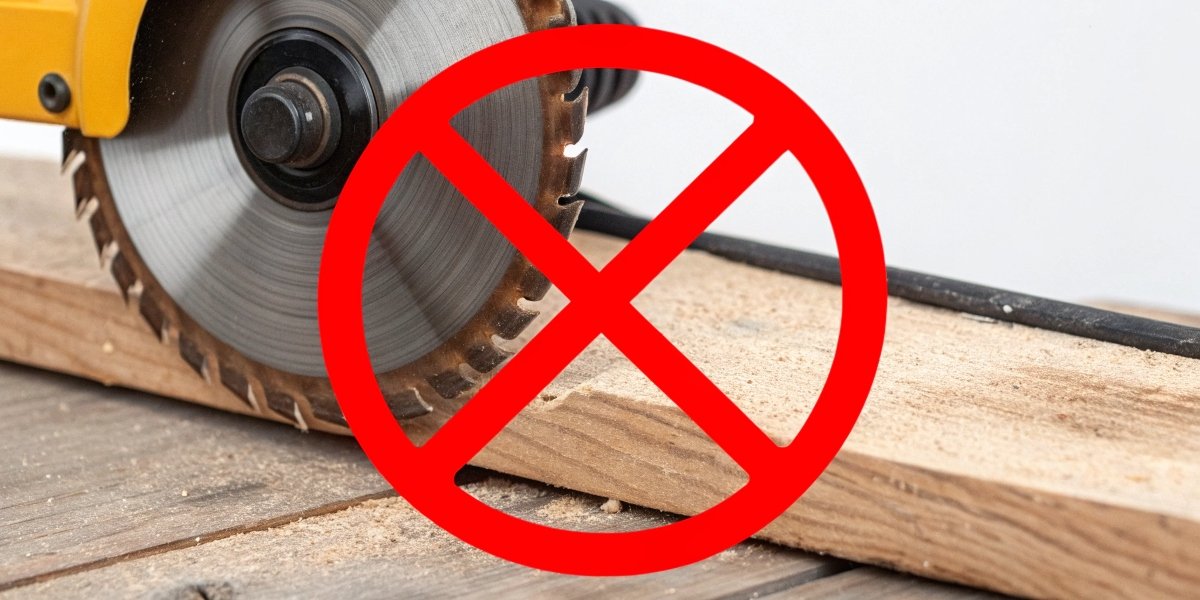
Over the years, our company has received inquiries for blades for all sorts of improper applications. The most terrifying is for toothed, saw-like blades intended for cutting wood on an angle grinder. We refuse to manufacture or supply these. It is a matter of business integrity. An angle grinder’s speed is too high and its design lacks the anti-kickback features of a circular saw, making this combination exceptionally dangerous. Our business isn’t just about selling discs; it’s about providing safe and effective abrasive solutions for our professional partners. Using the right tool for the job is the most fundamental rule of workshop safety7 and efficiency. Pushing a tool beyond its intended function is a recipe for disaster.
Wrong Tool for the Job: What to Use Instead
| Forbidden Task | The Reason & The Right Tool |
|---|---|
| Cutting Wood (especially with toothed blades) | Reason: Extremely high risk of binding and violent, uncontrollable kickback. Right Tool: A circular saw, miter saw, or hand saw. |
| Deep Plunge Cuts in Concrete | Reason: Angle grinders lack the depth and guarding for this. The side load can damage the disc. Right Tool: A dedicated gas-powered or electric cut-off saw8. |
| Cutting Glass | Reason: The high speed and vibration will cause thermal shock, shattering the glass unpredictably. Right Tool: A dedicated glass cutter and proper scoring techniques. |
| Heavy Polishing or Fine Sanding | Reason: An angle grinder is too aggressive and will leave deep swirl marks. It lacks the fine control needed. Right Tool: An orbital sander or a variable-speed polisher. |
Conclusion
An angle grinder’s danger lies in improper use, not the tool itself. Combine quality equipment with strict safety protocols to ensure a safe and productive work environment.
-
Explore various abrasive tools and their applications to choose the right one for your projects. ↩
-
Understand the causes of disc failure to prevent accidents and ensure safe operation of angle grinders. ↩
-
Understand the best practices for securing workpieces to ensure safe and effective cutting. ↩
-
Find out how to prevent kickback incidents and enhance safety while using angle grinders. ↩
-
Explore essential safety tips to ensure safe operation and prevent injuries while using angle grinders. ↩
-
Find statistics on power tool-related injuries to understand the importance of safety measures. ↩
-
Discover the essential components of workshop safety to create a safer working environment. ↩
-
Understand the applications of cut-off saws and how they differ from angle grinders. ↩
Written by
leeon
You may also be interested in:
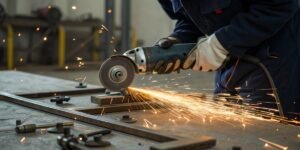
How do you cut bolts with an angle grinder?
Struggling to make a clean cut on a stubborn bolt? Using an angle grinder can feel intimidating, but it is a fast and effective method
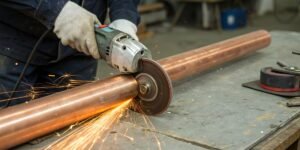
Can I use an angle grinder to cut a copper pipe?
Struggling with a quick copper pipe cut? Worried about damaging the material? An angle grinder is a fast solution, but using it wrong can be
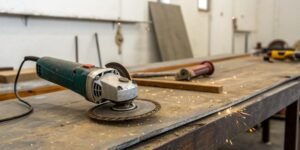
Can an angle grinder cut meat and bones?
Struggling to cut tough bones? Thinking of grabbing your angle grinder for a quick solution? This powerful tool seems like an easy answer, but it’s
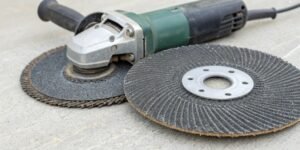
Can a metal cutting disc be used on an angle grinder?
Are you unsure about putting a metal cutting disc on your angle grinder? Using the wrong tool combination is a real safety hazard. But with
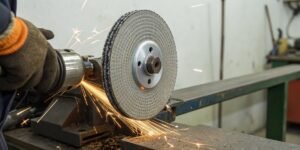
What is the best grinding wheel for cutting aluminum alloys?
Struggling to cut aluminum without your grinding wheels clogging up? This common problem wastes time, ruins your workpiece, and drives up costs, turning a simple

What does an angle grinder do that other tools can't?
Struggling with tools for multiple tasks? Carrying a heavy toolbox is inefficient. An angle grinder replaces many tools, saving you time and effort on the
